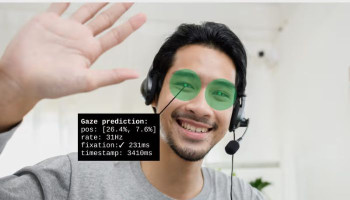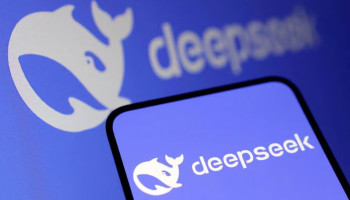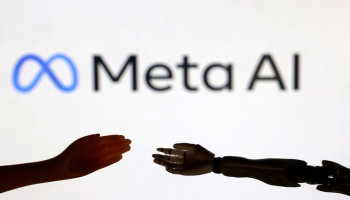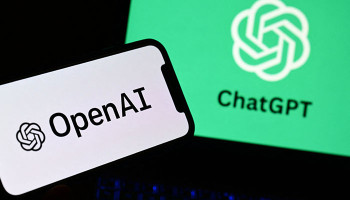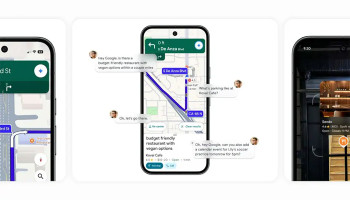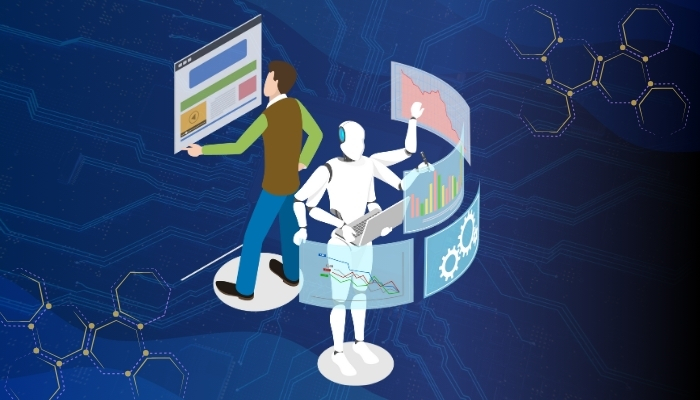
Artificial intelligence (AI) is a rapidly evolving field that not only specifies comprehension but also fluidly creates intelligent entities that effectively perform in an extensive array of novel situations.
As stated in the fourth edition of a book titled "Artificial Intelligence: A Modern Approach" written by Stuart J. Russell and Peter Norvig, AI is a booming industry with annual revenue of around $1 trillion. It has significantly changed remote work technology which contributes to its explosive growth.
Organisations are embracing flexible work arrangements in the modern day and implementing AI-driven solutions that enhance productivity, optimise workflow, and facilitate virtual communication.
Recent technological advances have significantly lessened the drawbacks of remote work and created a wealth of opportunities for productivity and creativity, changing the nature of modern employment.
The shifting paradigm
Primarily, the concept of remote work was met with scepticism, with a fear of reduced productivity. However, a substantial rise in adopting the latest technology was observed after the COVID-19 pandemic, which demonstrated its effectiveness.
What is the impact of AI on remote work technology?
Machine learning algorithms have examined a massive amount of data to analyse trends, and patterns that allow them to perform a variety of tasks such as recruitment processes, let all the remote workers make data-driven decisions, and drive overwhelming insights.
AI-centric driven project management automates several tasks including organising workflows, scheduling meetings, and more which significantly impacts productivity and helps users to successfully accomplish more.
Facilitating remote learning and development
To stay ahead of the competition, it’s essential to constantly acquire and develop strategies in the remote work era. AI-centric e-learning platforms leverage personalised recommendations and assist in adapting learning algorithms that are focused on offering a great learning experience. They identify individual learning preferences and offer relevant content to uplift your skills.
Additionally, virtual reality (VR) and augmented reality (AR) technologies are playing a vital role in delivering a great immersive learning experience that imitates real-time scenarios.
It allows remote workers to adopt interactive training sessions, and simulations to acquire expertise from worldwide. As AI accelerates career progression in remote work environments by modifying the way to learn the greatest opportunities.
What are the common uses of AI in remote work?
AI is diversifying at an incredible rate and requires rapid action from organisations to embrace the constant elements of this cutting-edge technology to streamline their workflow, propel in every industry and accomplish their objectives.

Here are a few major areas where AI can be utilised and embraced by remote teams to optimise.
Virtual assistants
AI-centric virtual assistants including Alexa, Siri, and more are rapidly reaching the heights of popularity in remote work environments. They are capable of performing a plethora of tasks and simplifying your work within the blink of an eye such as sending emails, settings, reminders, and most interestingly, human interventions. It would help remote workers to keep themselves organised.
Chatbots
Chatbots are a major example of AI-centric technology that stunningly utilises AI to simulate human conversation, which can be used for several tasks. It even assists businesses to save time and money by offering immediate support to all customers, excluding any human interaction.
Speaking to Gadinsider, VentureDive Director of Data and AI Fawad Mahdi stated that AI is addressing the challenges of remote work, such as communication barriers, collaboration difficulties, or time zone differences.
"AI can also serve as a smart scheduling tool, accessing calendars of team members across multiple geographic regions to automate the scheduling of calls, thus eliminating the need for manual coordination.
By automating repetitive tasks such as data entry, scheduling, and follow-up emails, AI frees up time for remote workers to focus on more creative and strategic tasks. This not only reduces workload but also improves job satisfaction.”
Data analytics
AI can be efficiently utilised for data analytics for decisiveness, with an elevating amount of data generated in remote-based work, businesses can use multiple AI algorithms to analyse data and drive valuable insights for enhanced operations and enhanced monetary benefits.
Businesses can use AI to track employee performance, diligently monitor customer feedback and distinguish areas of improvement.
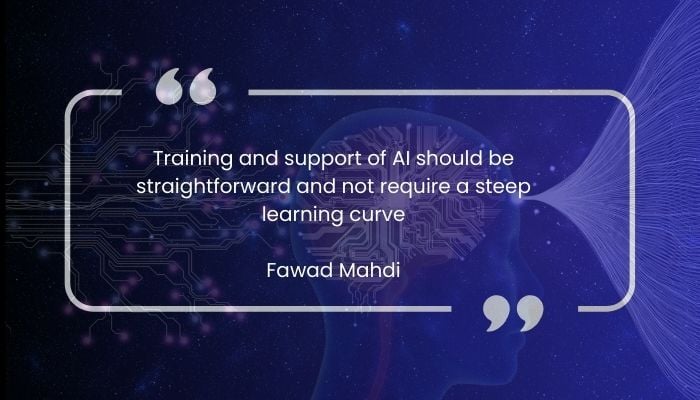
Mahdi further highlighted several metrics that can be used to evaluate the effectiveness of AI in remote work:
Task completion rate and output
Businesses can also measure how quickly employees complete tasks after integrating AI tools. Project management tools like Jira or Asana can easily track this.
They can also assess the improvement in code quality for remote workers who are programmers. Higher code quality indicates successful AI integration.
Collaboration metrics
Organisations can also evaluate effectiveness, number of attendees, and actionable items immediately after calls. Effective collaboration is crucial for remote teams.
Work-life balance indicators
Monitor metrics such as average weekly working hours, frequency of after-hours communication, and leave utilisation rates. Maintaining a healthy work-life balance is essential.
Increase in customer base
In fields like telemedicine, AI enables physicians to reach communities they couldn’t access before. Measuring the outreach to patients in remote areas reflects AI’s impact.
Cybersecurity
However, remote work is a convenient way and great way to streamline their businesses, but simultaneously it poses a great cybersecurity risk for all the businesses.
With employees working from different countries, and areas all across the globe, it might be challenging to maintain precautions. But there is nothing to worry about because AI also assists businesses in improving their cybersecurity by instantly detecting threats in real-time.
It identifies different patterns in data that may indicate a security risk and notifies the concerned party to take action before any severe damage occurs.







